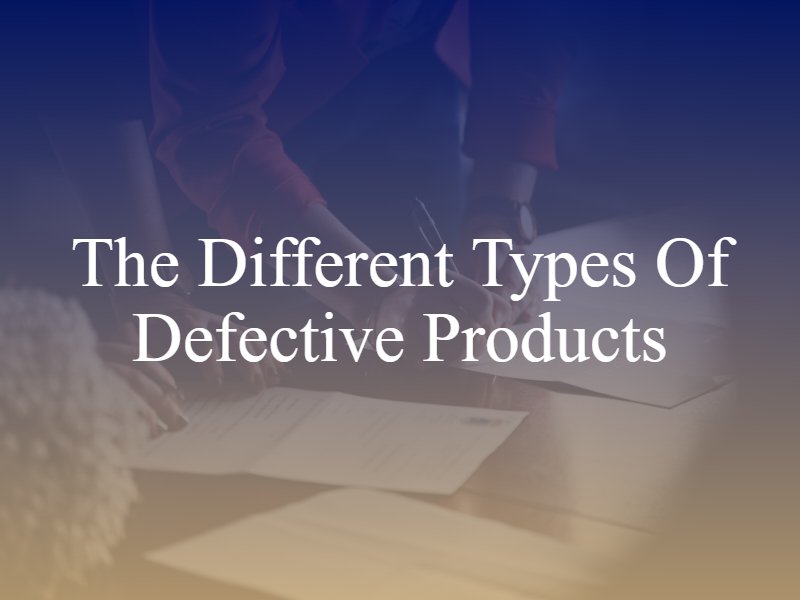
Product Liability versus Defective Products
Colburn Law
Posted in Blog,Personal Injury,Safety Tips on May 10, 2022
Consumers are exposed to dangerous and defective products every year, leading to serious injuries and illnesses. If you are injured by a product defect, you may wonder what your options are for seeking justice.
In Washington, people who are injured by defective products have the right to file a lawsuit against the responsible manufacturer. Known as product liability claims, these lawsuits provide a pathway to justice for injured victims.
What Are Product Liability Lawsuits?
Defective products are very dangerous and may result in harmful injuries, such as broken bones, burns, traumatic brain damage, and even illnesses like cancer. If a person is harmed by a dangerous product, he or she can file a product liability lawsuit against the manufacturer, as well as the distributor and vendor.
Unlike other types of lawsuits, a victim does not need to establish negligence to prove a product liability claim. In Washington, manufacturers are strictly liable for any injuries that arise due to product defects.
The Different Types of Defective Products

There are three types of defective products in product liability claims: design defects; manufacturing defects; and defects involving warnings and instructions.
Design Defects
Design defects refer to issues that are inherent in the product itself. The product has a dangerous design that poses an unreasonable risk of injury to a consumer. In these situations, manufacturers are strictly liable for any injury that a customer sustains.
For example, say that a manufacturer designs a rifle and places the safety very close to the gun’s firing mechanism. When a consumer goes to release the safety, her firearm discharges and a bullet strikes her in the leg. In this situation, the firearm’s design was defective, and the firearms manufacturer is liable for the victim’s damages.
Manufacturing Defects
Manufacturing defects occur due to errors while the product is being built or assembled. Unlike design defects, which impact every product built using the design, manufacturing defects usually affect one product or batch.
For example, say that a medication manufacturer is making a batch of popular cough syrup. A toxic substance accidentally contaminates the batch, which is bottled and sent to retail stores. In this situation, the manufacturer would be liable for any illnesses or injuries sustained by its customers. The retailer may also be liable.
Failure to Warn
Manufacturers have a duty to ensure that consumers know how to use a product correctly and safely. As a result, these companies must warn consumers of potential hazards and provide adequate instructions for using their products.
If a manufacturer fails to include adequate warnings or instructions, serious injuries could occur. For example, say that an auto manufacturer knew that its car seats have a weight limit, but did not include information on this limit in the vehicle’s manual. While driving, the seat collapses beneath an overweight driver, causing him to get into an accident.
The manufacturer would be strictly liable for the accident because the company knew about the limit and failed to include adequate warnings, and because the risk was not obvious to the consumer.
Speak to a Washington Product Liability Attorney
If you are injured due to a defective product, you may be eligible for a product liability claim. In these situations, you need an attorney on your side who can represent your claim and help you secure the settlement you deserve. Contact a Washington product liability lawyer after your accident to identify your optimal path to recovery.



